The best material for darts barrels is generally considered to be tungsten due to its high density, allowing for slimmer barrels and tighter groupings; this results in better control and higher scores. This article will explore various materials used in dart barrels, comparing their pros, cons, and suitability for different players, helping you choose the perfect darts for your game.
⚠️ Still Using Pen & Paper (or a Chalkboard)?! ⚠️
Step into the future! The Dart Counter App handles all the scoring, suggests checkouts, and tracks your stats automatically. It's easier than you think!
Try the Smart Dart Counter App FREE!Ready for an upgrade? Click above!
Understanding the Importance of Dart Barrel Material
The dart barrel is arguably the most crucial part of a dart, influencing grip, balance, and overall throwing accuracy. The material used in its construction significantly impacts these factors. Choosing the right material can dramatically improve your game, making it essential to understand the properties of each.
Consider the weight distribution, grip texture, and durability of the barrel material, as these elements contribute to a comfortable and consistent throw. Whether you are a beginner or a seasoned professional, selecting the appropriate barrel material is a key step in enhancing your performance.
Tungsten: The Gold Standard for Darts
Tungsten darts are widely regarded as the premier choice for serious dart players. Tungsten’s exceptional density (much higher than brass or nickel silver) allows manufacturers to create slimmer barrels for a given weight. This slim profile provides several advantages:
- Tighter Groupings: Slimmer barrels reduce the likelihood of darts colliding in the board, allowing for tighter, more consistent groupings.
- Improved Accuracy: A slimmer barrel offers better aerodynamics, leading to a more stable flight path and increased accuracy.
- Enhanced Control: The smaller diameter makes it easier to grip and control the dart, leading to a more confident and consistent throw.
While tungsten darts are generally more expensive, the performance benefits often justify the investment, particularly for players looking to improve their game.
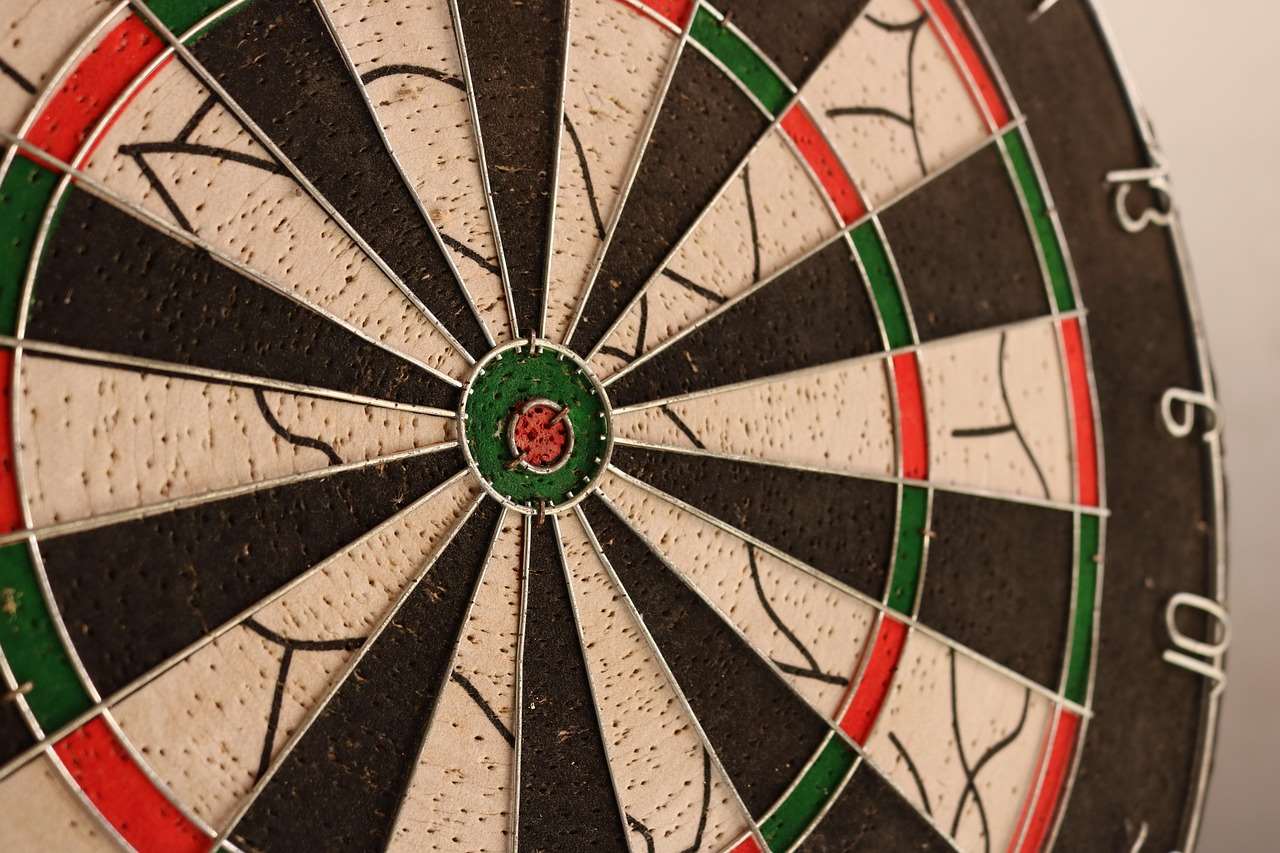
Understanding Tungsten Percentage in Darts
Tungsten darts aren’t made of pure tungsten; they are alloys. The percentage of tungsten in the alloy significantly impacts the dart’s density and, consequently, its slimness. Higher tungsten percentages (80%, 90%, or even 95%) result in denser, slimmer barrels. Understanding Tungsten Percentage Explained Darts is vital when purchasing new darts.
Cheaper “tungsten” darts often have lower tungsten percentages, meaning they may be bulkier than higher-quality darts. Pay close attention to the tungsten percentage when comparing different darts.
Brass: An Affordable Option for Beginners
Brass darts are a popular choice for beginners due to their affordability and availability. Brass is a relatively soft and inexpensive metal, making it ideal for entry-level players who are still developing their throwing technique.
However, brass has some significant drawbacks compared to tungsten:
- Bulkier Barrels: Brass is less dense than tungsten, so brass darts need to be thicker to achieve the same weight. This can make them harder to grip and more prone to bounce-outs.
- Lower Durability: Brass is a softer metal and is more susceptible to dings, scratches, and wear and tear.
- Less Consistent Flight: The thicker barrel can affect the dart’s aerodynamics, leading to a less stable and consistent flight path.
While brass darts are a good starting point, players who are serious about improving their game will eventually want to upgrade to tungsten.
Nickel Silver: A Middle Ground
Nickel silver darts offer a compromise between the affordability of brass and the performance of tungsten. Nickel silver is denser than brass but less dense than tungsten, resulting in barrels that are slimmer than brass but not as slim as high-tungsten darts. If you want to Choose Right Dart Material Guide, this might be your material.
Nickel silver darts can be a good option for players who are looking for a step up from brass but aren’t ready to invest in expensive tungsten darts.
However, keep in mind that nickel silver still has some of the same drawbacks as brass, such as lower durability and less consistent flight compared to tungsten.
Other Materials and Coatings
While tungsten, brass, and nickel silver are the most common materials used in dart barrels, some manufacturers experiment with other materials and coatings.
- Titanium: Titanium is a lightweight and strong metal that is sometimes used in dart barrels. Titanium darts can offer a unique feel and balance, but they are generally more expensive than tungsten darts.
- Coatings: Various coatings, such as nitride or titanium nitride, can be applied to dart barrels to improve grip, durability, and aesthetics. These coatings can also add a layer of protection against wear and tear.
These materials and coatings are less common, but they can offer unique performance characteristics.
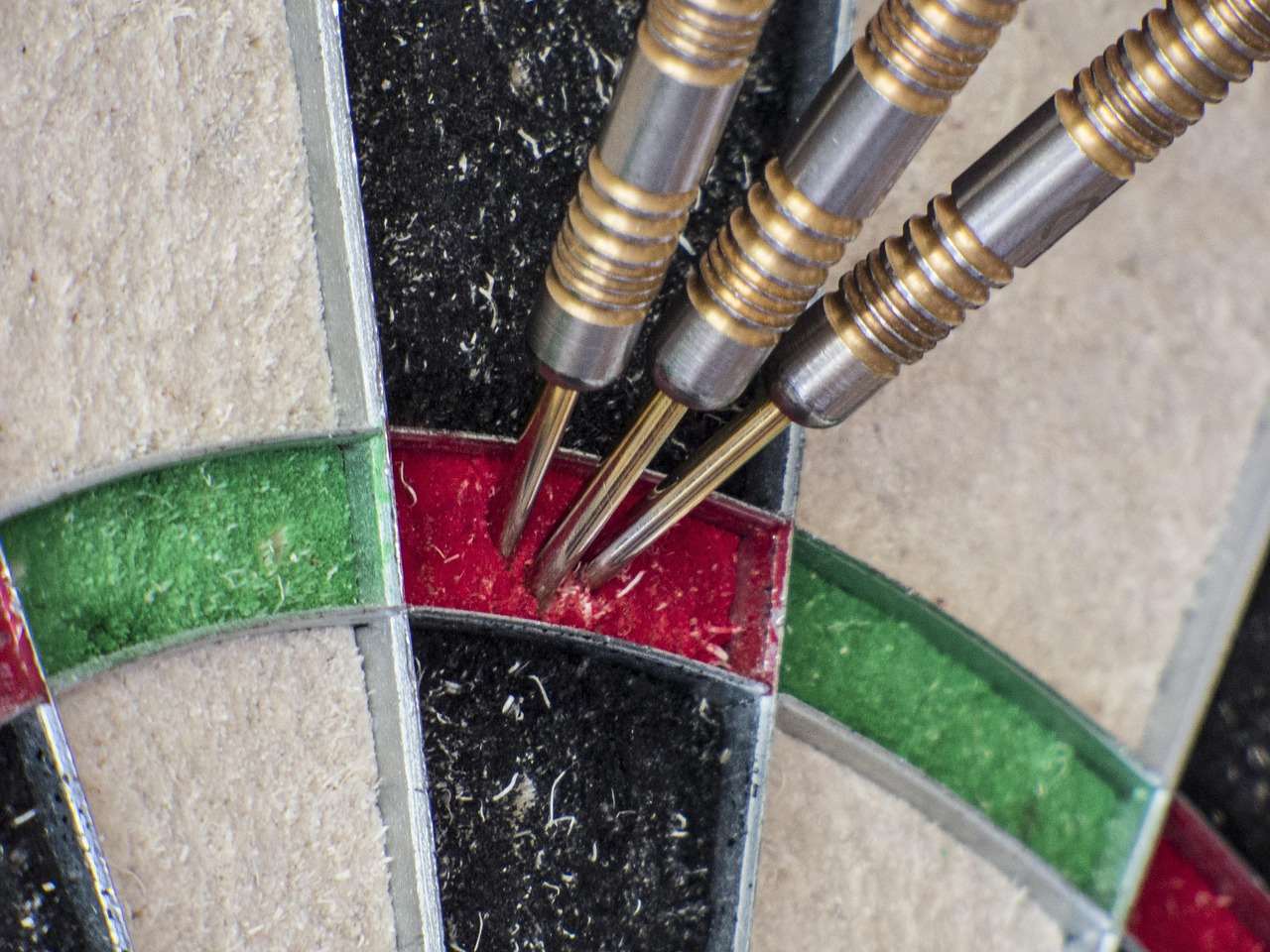
Grip and Texture Considerations
The material of the dart barrel is only one aspect to consider; the grip and texture are equally important. Different materials lend themselves to different types of grips and textures.
Tungsten darts, due to their density, allow for intricate grip patterns to be machined into the barrel. These patterns can range from simple rings to aggressive knurling, providing a wide range of grip options. The Choose Best Dart Equipment involves considering the grip of your darts.
Brass darts, being softer, are more limited in the types of grip patterns that can be applied. However, they can still offer a reasonable level of grip.
Ultimately, the best grip and texture will depend on your personal preferences and throwing style. Experiment with different grips to find what works best for you.
Weight and Balance: Finding the Right Fit
The weight and balance of a dart are critical factors in achieving a consistent and accurate throw. The material of the barrel contributes significantly to the overall weight and balance.
Tungsten darts, due to their density, allow for a wider range of weight options within a slimmer profile. This makes it easier to fine-tune the weight and balance of your darts to match your throwing style. To understand further, consider our Why Choose High Tungsten Darts guide.
Brass darts, being less dense, are often heavier for their size. This can make them feel unbalanced, especially for players with smaller hands.
Experiment with different weights and balances to find what feels most comfortable and natural for you.
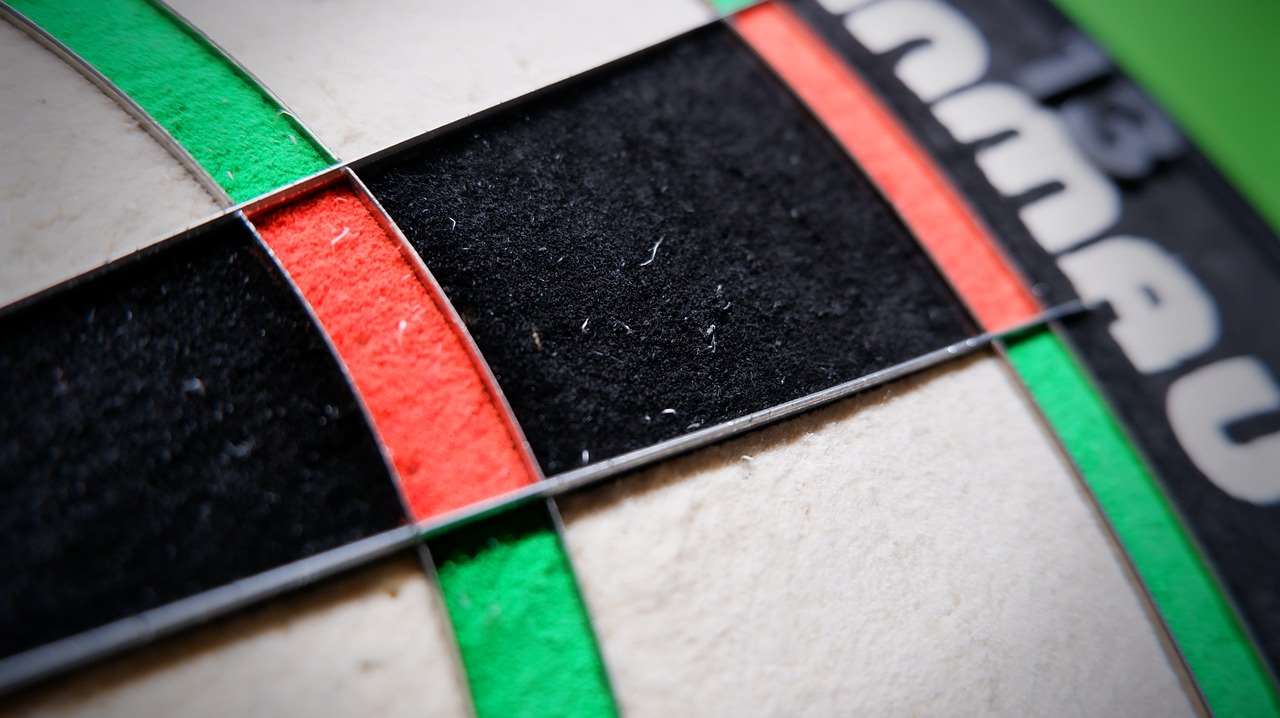
Durability and Maintenance of Dart Barrels
The durability of a dart barrel depends on the material used in its construction. Tungsten darts are generally the most durable, while brass darts are the least durable.
Regular cleaning and maintenance can help to extend the life of your dart barrels. Use a soft cloth to wipe down your darts after each use to remove dirt and oil. You can also use a mild soap and water solution to clean your darts more thoroughly.
Avoid dropping your darts on hard surfaces, as this can damage the barrels. Use a dart case or holder to protect your darts when they are not in use.
Cost Considerations for Different Dart Materials
The cost of darts varies significantly depending on the material used. Brass darts are the most affordable, while tungsten darts are the most expensive. Nickel silver darts fall somewhere in between.
When budgeting for darts, consider the long-term value. While tungsten darts may have a higher upfront cost, they are more durable and offer better performance, which can save you money in the long run.
If you are on a tight budget, brass darts are a good starting point. However, be prepared to upgrade to tungsten as your skill level improves.
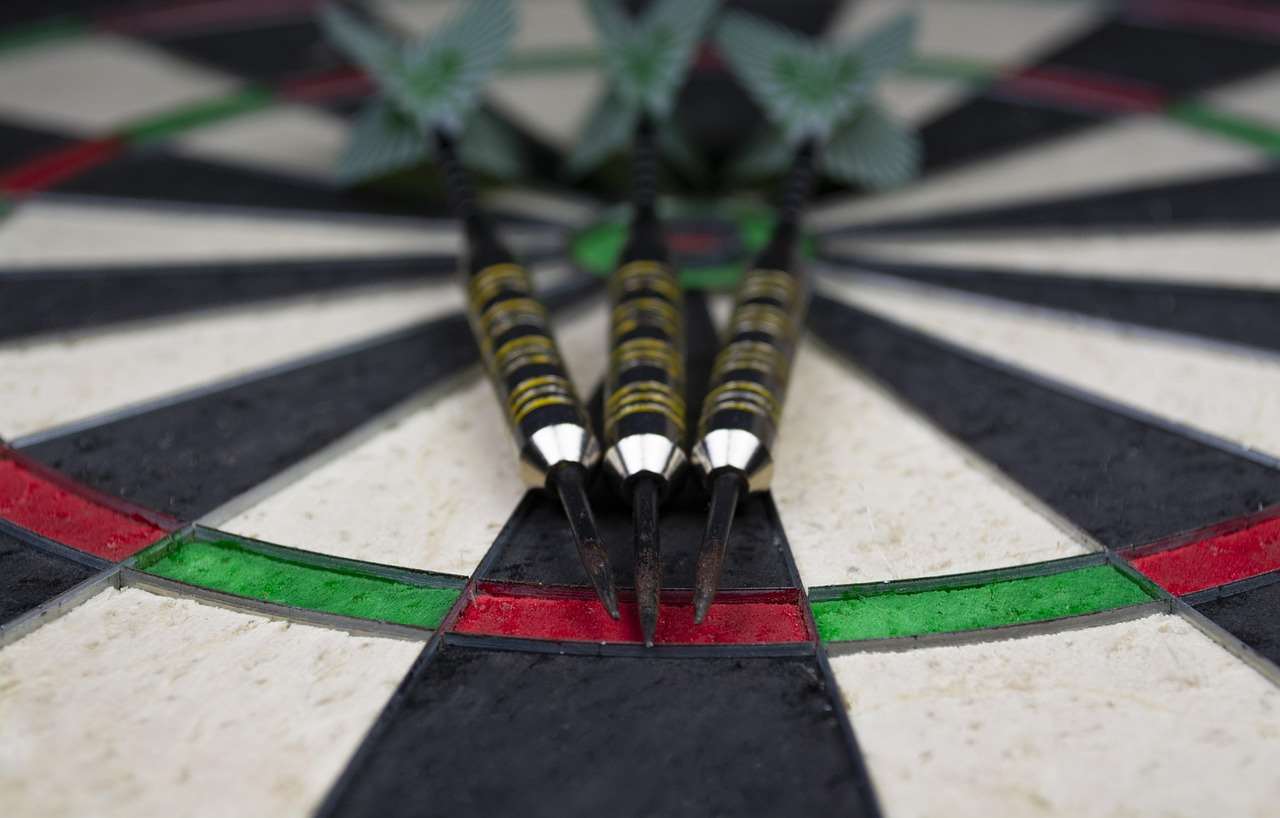
Finding the Best Material For Darts Barrels: A Summary
Choosing the best material for darts barrels depends largely on your skill level, budget, and personal preferences. Here’s a quick recap:
- Tungsten: The best choice for serious players due to its density, slim profile, and durability.
- Brass: An affordable option for beginners but lacks the performance of tungsten.
- Nickel Silver: A middle ground that offers a compromise between cost and performance.
Consider your grip, throwing style, and budget when making your decision. Don’t be afraid to try different materials to find what works best for you.
The Future of Dart Barrel Materials
The world of darts is constantly evolving, and new materials and technologies are always being explored. We may see even more advanced materials and coatings being used in dart barrels in the future, offering even better performance and durability. The Dart Barrel Material Comparison Chart is constantly evolving.
Keep an eye out for new innovations in dart technology to stay ahead of the game.
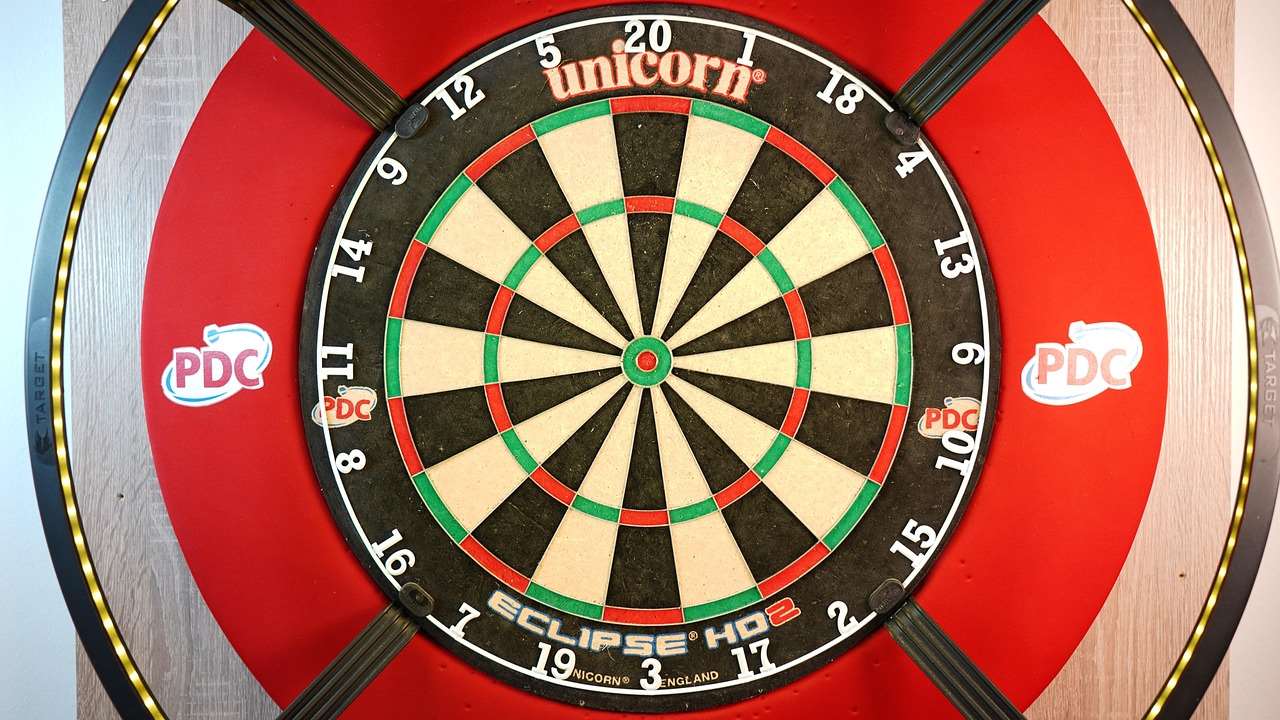
Conclusion: Making the Right Choice for Your Game
Selecting the best material for darts barrels is a personal journey that requires experimentation and careful consideration. While tungsten darts are generally regarded as the superior choice, brass and nickel silver options can serve as excellent starting points, especially for beginners. Remember to factor in grip, weight, balance, and durability when making your decision.
Ultimately, the right darts are the ones that feel most comfortable and allow you to throw consistently and accurately. So, take the time to research, experiment, and find the perfect darts to elevate your game. Ready to upgrade your darts? Visit our store today to explore our wide selection of high-quality darts and accessories!
Hi, I’m Dieter, and I created Dartcounter (Dartcounterapp.com). My motivation wasn’t being a darts expert – quite the opposite! When I first started playing, I loved the game but found keeping accurate scores and tracking stats difficult and distracting.
I figured I couldn’t be the only one struggling with this. So, I decided to build a solution: an easy-to-use application that everyone, no matter their experience level, could use to manage scoring effortlessly.
My goal for Dartcounter was simple: let the app handle the numbers – the scoring, the averages, the stats, even checkout suggestions – so players could focus purely on their throw and enjoying the game. It began as a way to solve my own beginner’s problem, and I’m thrilled it has grown into a helpful tool for the wider darts community.